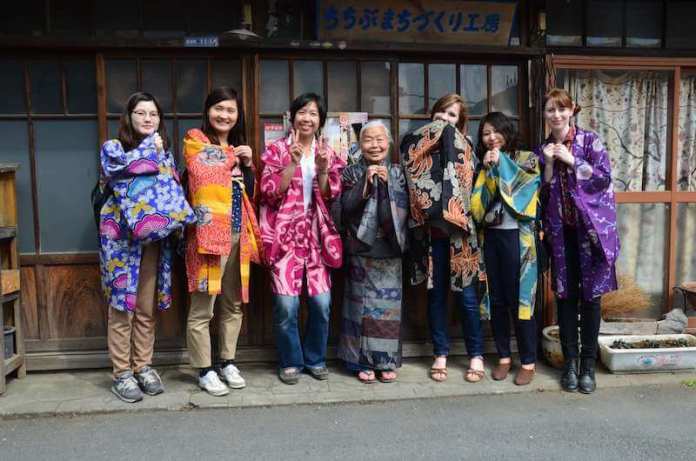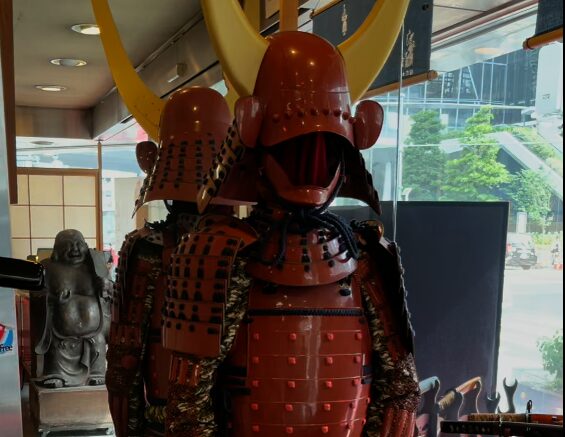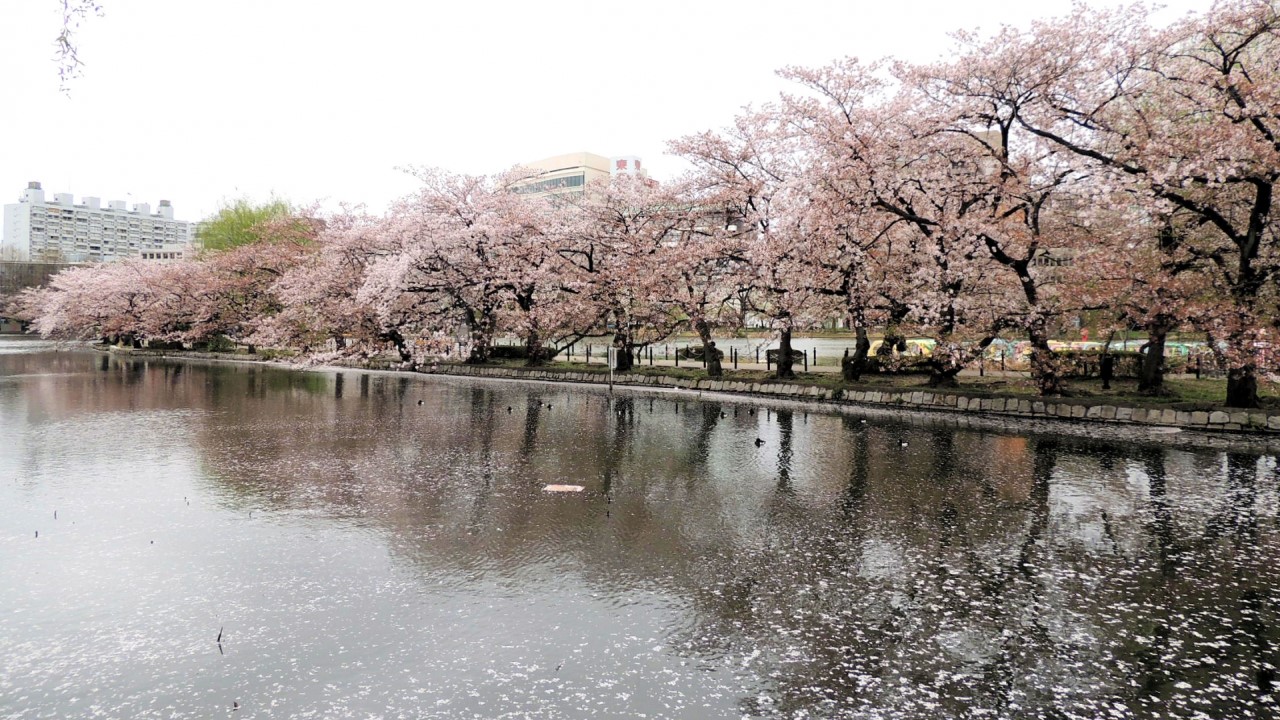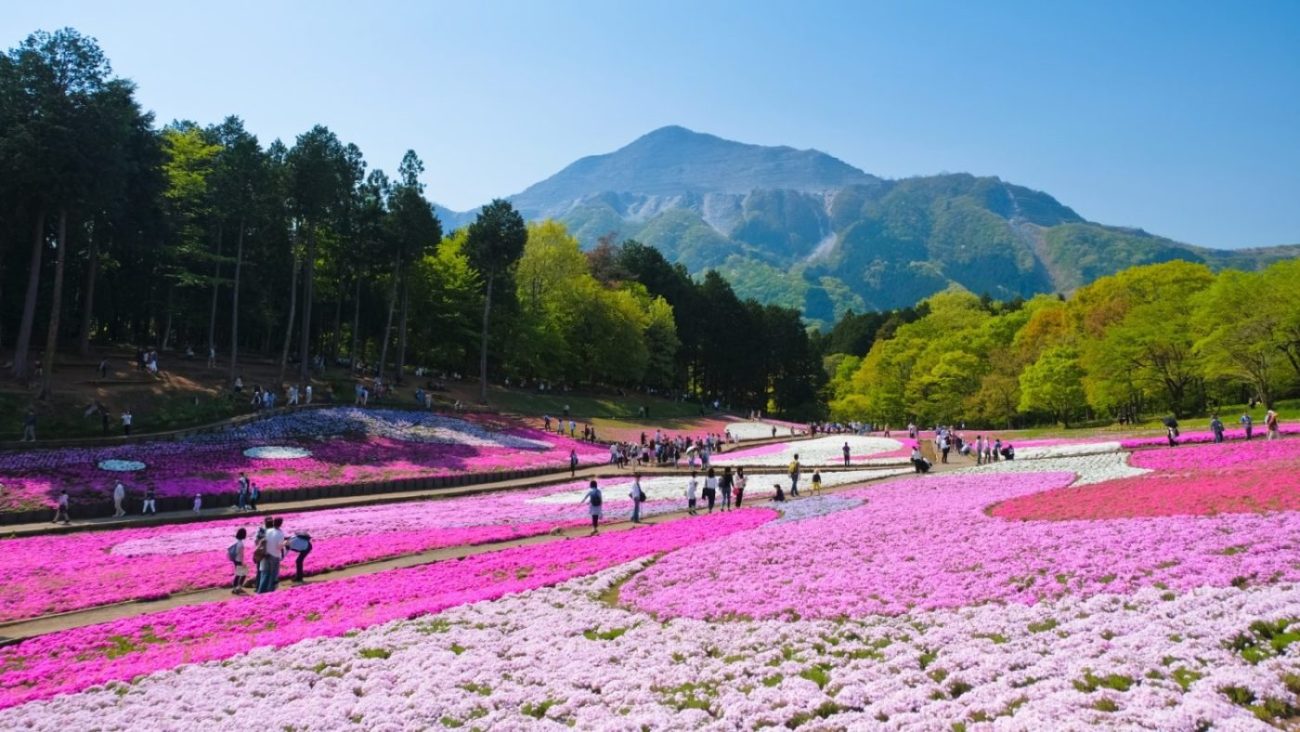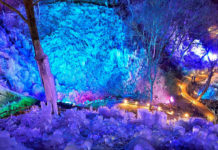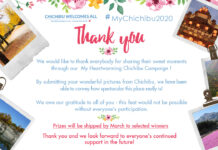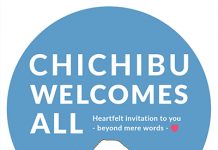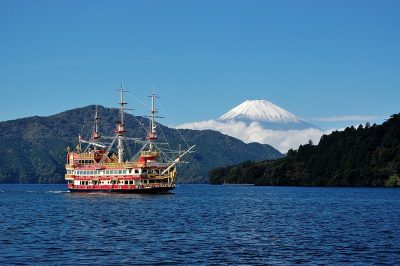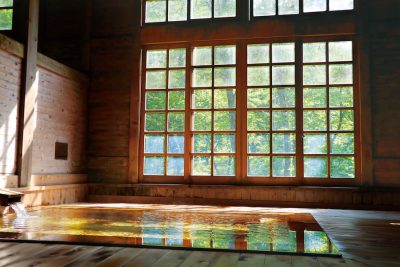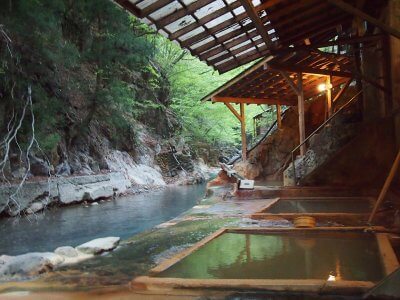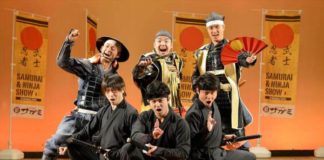History of Chichibu Meisen
The “Meisen” style silk kimono was the most popular garment during the 1920s and 1930s. At that time, people still wore kimono daily. It is very different from all the other Japanese kimono which always had a “classy” feel to them. Meisen kimono were popular as everyday wear at home and for running errands. The main characteristic of meisen kimono is its pattern, made by pre-dyed threads. As the fabric is woven the surface shimmers with a soft-edged pattern. Because of the events such as World War I and the Kanto Earthquake of 1923, the price of silk fell heavily. As a result, the production and popularity of meisen kimono reached new heights. Meisen kimono were affordable, durable, smart attire for everyday wear. Their crazy patterns are very similar to current modern art paintings.
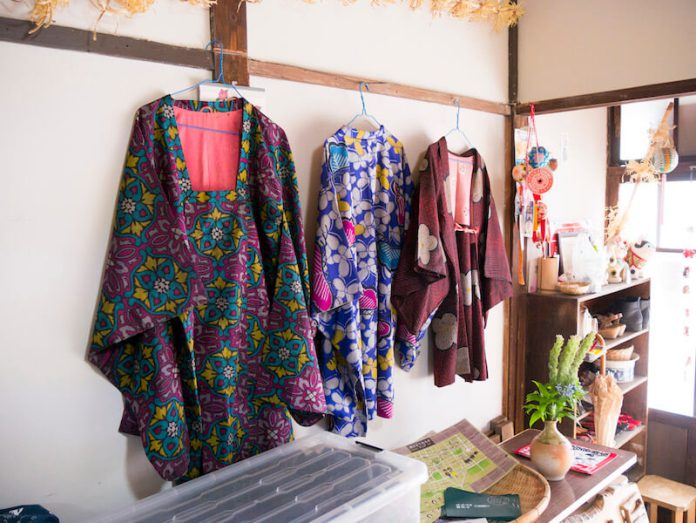
Chichibu Meisen
In Chichibu city, Saitama prefecture, there is a special type of Meisen kimono weaving called Chichibu Meisen. This technique involves first weaving the main color and then loosening the fabric to weave the pattern on top. They even have a museum dedicated to the craft where you can try your hands at this special weaving technique. Because the fabric has the same pattern and appearance on both sides, it can be turned inside out when one side becomes dirty.
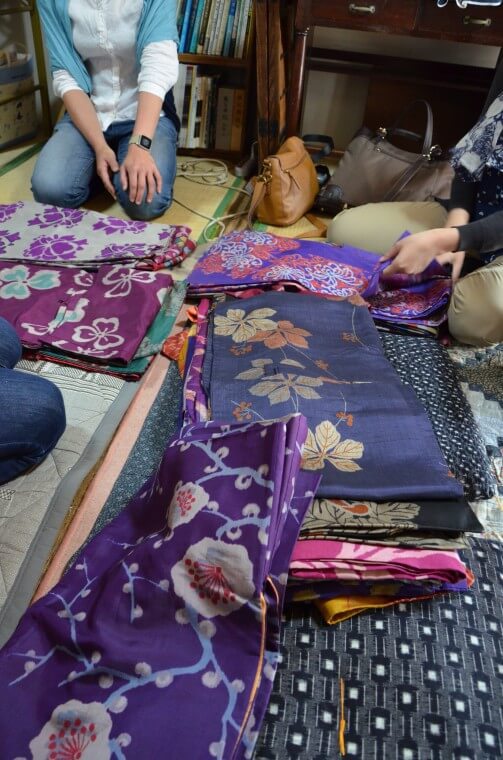
WAttention staff had the chance to try on real Meisen haori (kimono jacket) from the collection of Kimura Kazue, a cheery lady living in Chichibu city. Parts of her collection have been on display around the world and she has appeared in some kimono magazines.
Access to Chichibu Station from Tokyo
80 minutes from Ikebukuro station with the Limited Express train to Chichibu station.
WATTENTION NINJA WRITER PROFILE
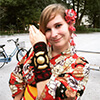 Ilse Montald
Ilse Montald
I’ve immersed myself in both. I love writing about tradition, history, and sharing fun discoveries. If I’m not outside watching a festival parade I’m leisurely reading manga in kimono.
 0
0

